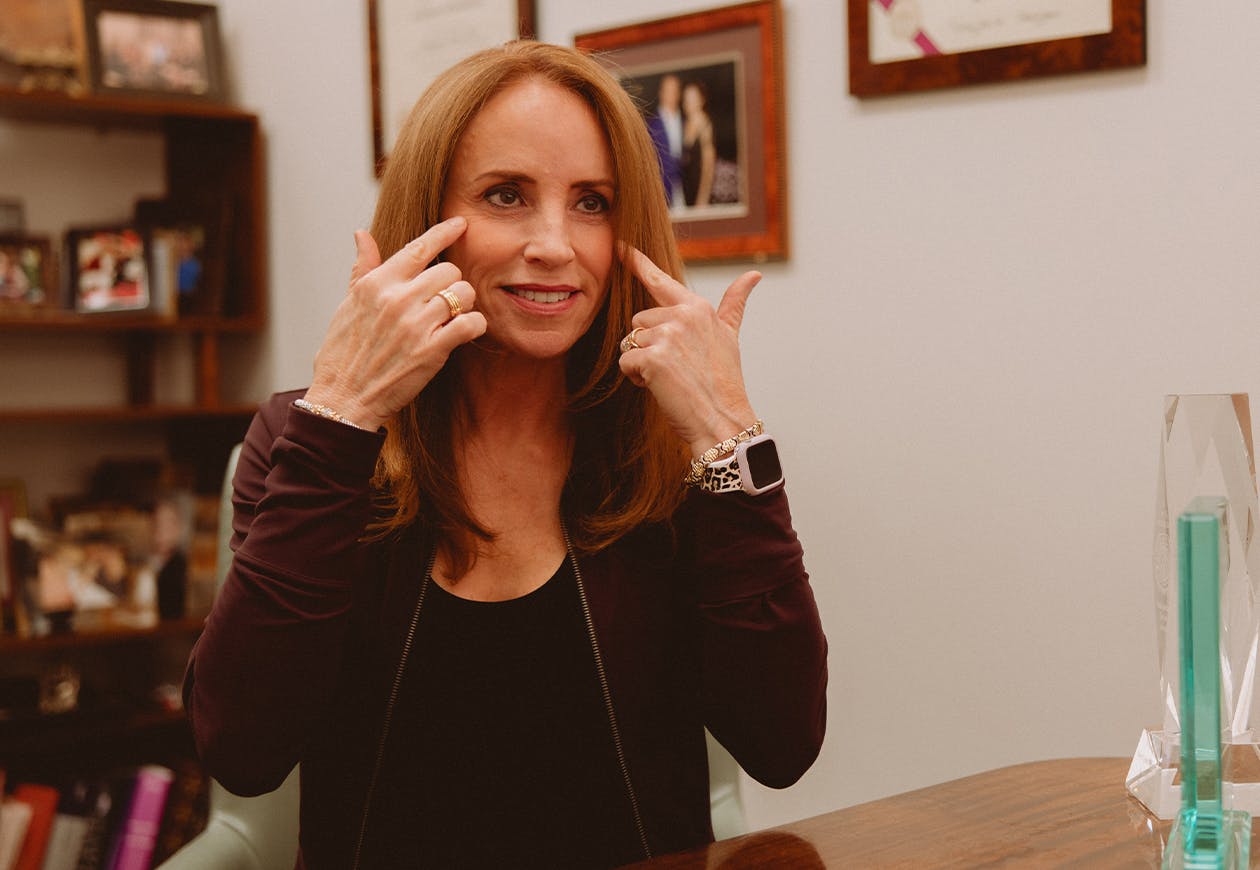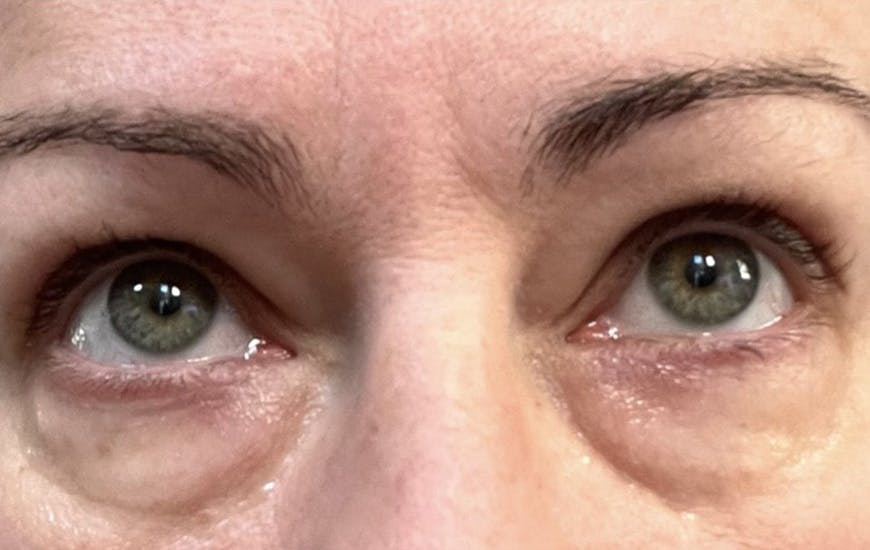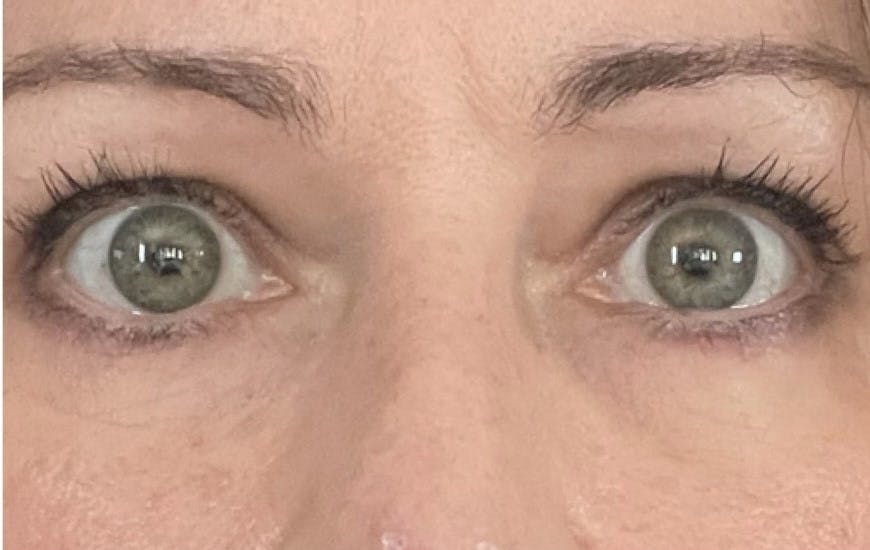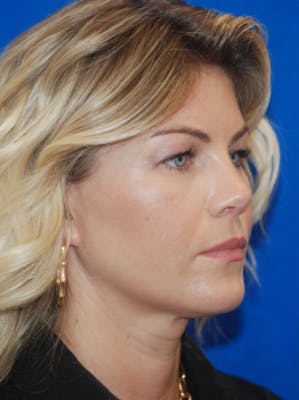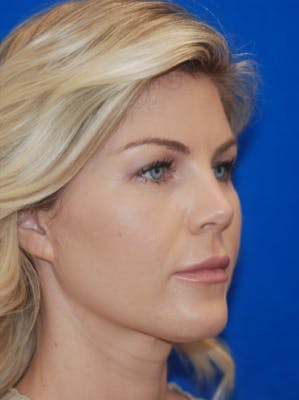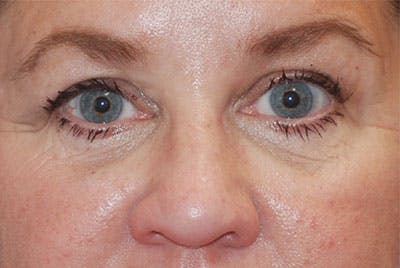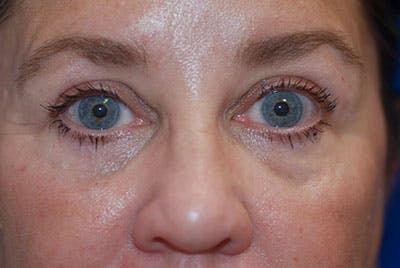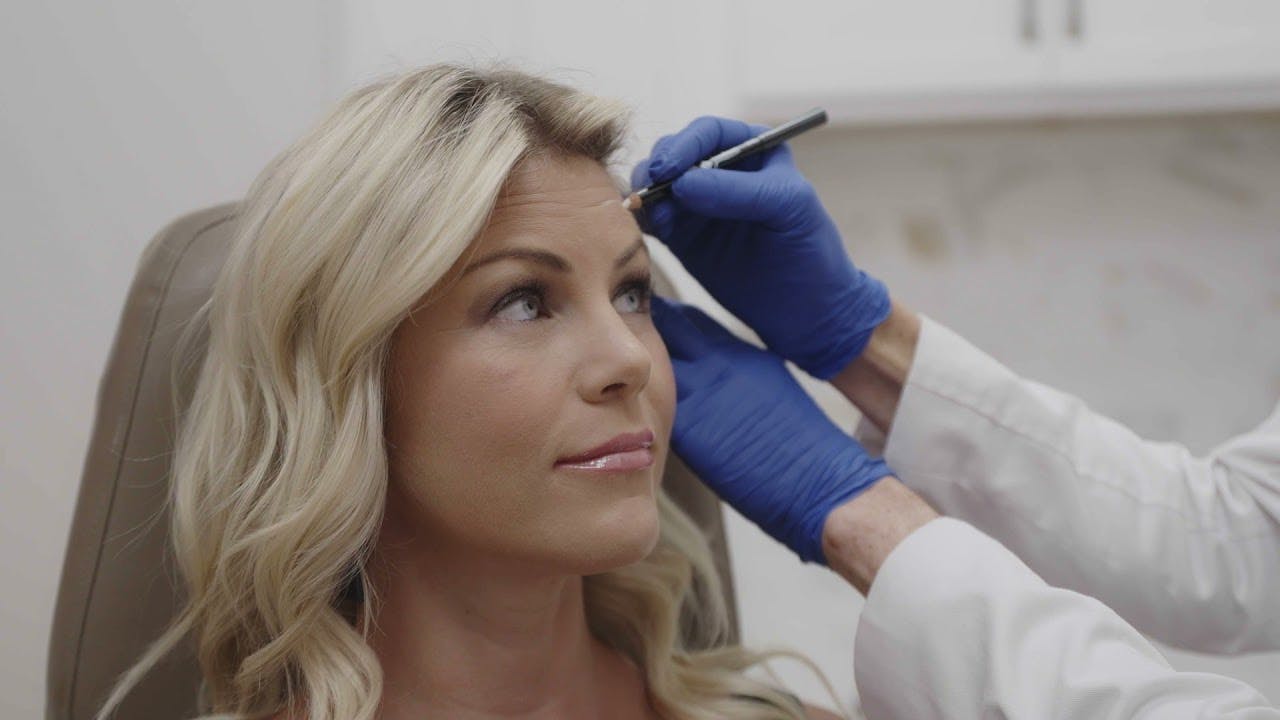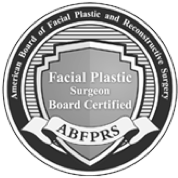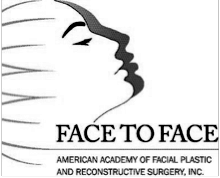The natural aging process can bring about many different changes to your body. One area that often experiences significant change is the eye area. Eyelid surgery, or blepharoplasty, gives a rejuvenated appearance to the surrounding area, making you look rested and alert.
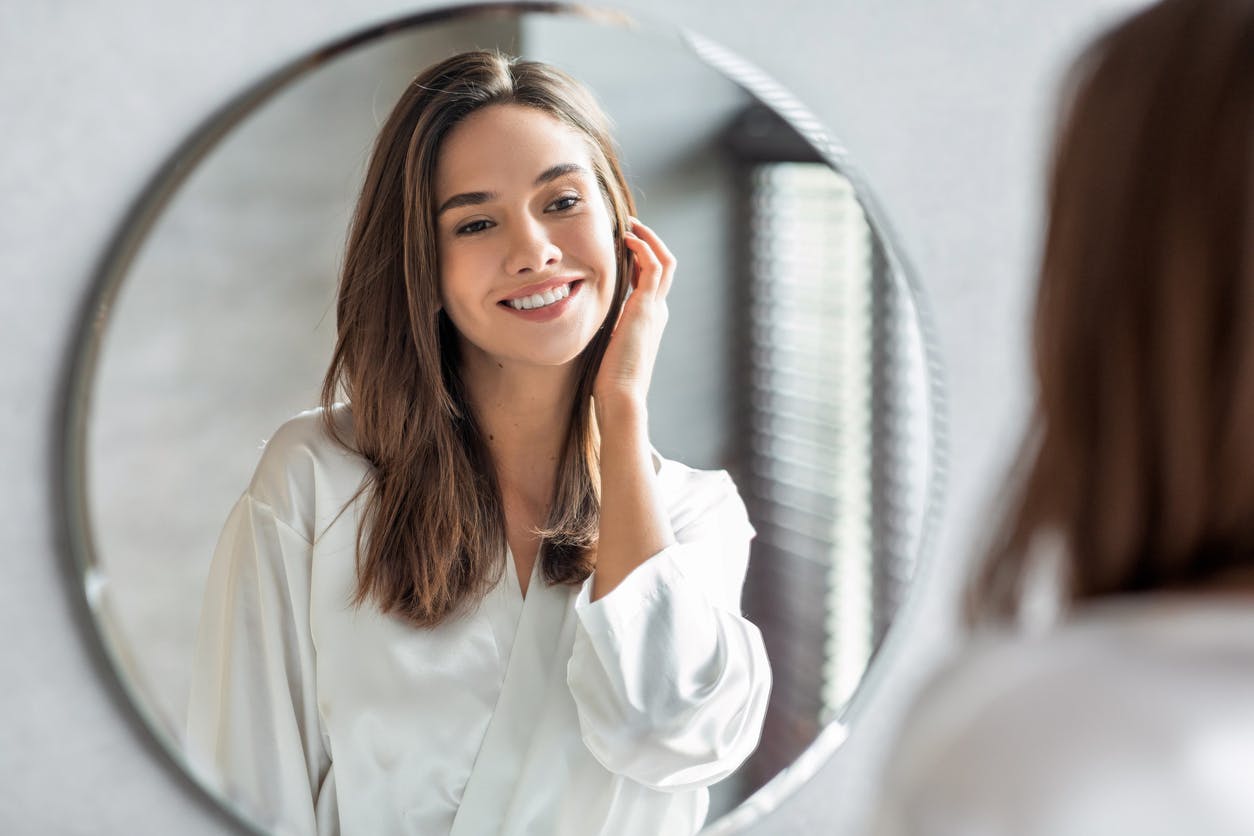

Advantages of Eyelid Surgery
Blepharoplasty helps individuals achieve a refreshed, youthful look. This overview highlights the benefits and positive results of blepharoplasty in Nashville, showcasing how it enhances both the eyes and overall facial harmony. Key improvements include:
- Remove excess fatty deposits and puffiness along the upper eyelids
- Remove excess skin and wrinkles along the lower eyelid
- Minimize heavy bags
- Correct lower eyelid droopiness
- Trim loose or sagging skin that creates folds and disturbs the natural contour of the upper eyelid
By addressing issues such as these, blepharoplasty recipients become more empowered to face the world with renewed vitality and positivity.

Transconjunctival Blepharoplasty
Transconjunctival blepharoplasty is a specialized eyelid surgery technique designed to rejuvenate the lower eyelids. Unlike traditional blepharoplasty, this approach conceals incisions inside the lower eyelid, eliminating external scarring. It primarily addresses under-eye bags caused by fat deposits, providing a more youthful and refreshed appearance. This minimally invasive procedure is popular for its reduced recovery time and risks compared to conventional methods. Those seeking to reverse signs of aging around the eyes often choose it without conspicuous surgical marks, offering a natural and revitalized look. Dr. Moran conducts thorough assessments of her blepharoplasty patients to determine whether they are suitable candidates.
Eyelid Surgery Testimonial
“Dr. Moran is extremely knowledgeable and very professional. I love that she listens and takes time to answer my questions. I have had many visits and have had Botox, fillers, and my upper eyelids done and have been thrilled with the results…. I would recommend Dr. Moran to all my friends.”
View all Testimonials
Mary Lynn
Moran MD
Why Choose Dr. Mary Lynn Moran for Blepharoplasty Surgery?
Dr. Mary Lynn Moran is a double board-certified plastic and reconstructive surgeon with over 32 years of experience. She completed her training at Tufts, Boston University, and the University of Michigan, and was elected as the first female president of the AAFPRS. In addition, she’s a renowned speaker and educator, and an assistant clinical professor in the department of otolaryngology at Vanderbilt University School of Medicine.
When you choose her for your eyelid rejuvenation, she will take the time to get to know you and understand your unique aesthetic goals. Dr. Moran and her team take great pride in providing each patient with a comfortable, low-stress experience, personalized care, and superb results. You can rest assured that Dr. Moran will approach your procedure with precision, attention to detail, and compassion. If you’re interested in learning more about eyelid surgery in Nashville, contact our office today and schedule your consultation.
Eyelid Surgery FAQ
How long does eyelid surgery take to perform?
What is the best age to have blepharoplasty?
What is double eyelid surgery?
Why is double eyelid surgery popular with koreans?
Does male blepharoplasty work the same way?
Is eyelid surgery painful?
Can seniors get eyelid surgery?
How long does eyelid surgery take to perform?
Dr. Moran performs eyelid surgery on an outpatient basis, which means you’ll return home the same day to begin the healing process. You will need a friend or family member to drive you home from a nearby, fully accredited outpatient surgery center in the Franklin, TN area.
What is the best age to have blepharoplasty?
There is no set age that is best for blepharoplasty, but typically between one's 30's and 40's is best to address aging concerns in this area.
What is double eyelid surgery?
Double eyelid surgery creates a defined upper eyelid crease for those with monolids or less pronounced creases.
Why is double eyelid surgery popular with koreans?
Blepharoplasty, popular in Korea, is sought after for its ability to create symmetry and a youthful appearance by addressing monolids, which affect around 50% of Asians. This procedure reshapes the eyelids, providing a defined upper eyelid fold and enhancing the eyes' aesthetic appeal.
Does male blepharoplasty work the same way?
Male blepharoplasty aims to maintain masculine features while addressing concerns like droopy eyelids or puffiness.
Is eyelid surgery painful?
Eyelid surgery is performed under local anesthesia and sedation, minimizing discomfort during and after the procedure.
Can seniors get eyelid surgery?
Yes, seniors can undergo eyelid surgery, but individual health conditions are considered to ensure safety.

